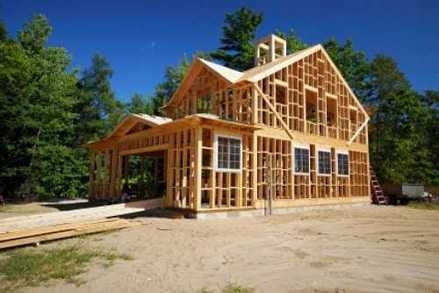The aging process affects our bodies in many ways, both internally and externally. Since the beginning of time, people have been longing for some method to help them remain vital and live longer on this earth.
From early mentions of Herodotus in the land of the Ethiopians,
to stories of Alexander the great crossing the Land of Darkness to find the life restoring spring,
to our more recent tales of Ponce De Leon, many have searched high and low for a magic elixir that would restore youth.
A recent article caught my eye and I thought it would be interesting to you. There have been many claims about stem cells and their ability to heal the body. In my own practice, I’ve seen the power of these cells help my patients heal faster from my procedures.
The one contentious issue with stem cells is their source. Many people don’t feel comfortable with the use of embryonic stem cells depending on their origin.
In this article, scientists at John Hopkins, described how they have developed a technique to take aged blood cells and restore them back to a primitive stem cell state, which can then develop into any type of cell in the body. The goal of this was to bypass the political issues with gathering stem cells from embryos.
The way this was done was fascinating and began with the transformation of adult blood cells into young heart cells, using plasmids, which are DNA molecules usually present in cells that can replicate themselves independently from a DNA’s chromosomes. They then disappear after they complete their function.
Previous efforts would only yield 1 out of 100 blood cells that would turn into these younger cells. However, new methods allow 50-60 cells out of 100 to turn into the younger cells.
This was described in the Journal of Public Library of Science on August 8th.
In their technique, they took blood cells from a patient’s spinal cord and then used electric pulses in a lab to create an opening in those cells. They then inserted those plasmids into the cells and then triggered the blood cells to revert back to a more primitive state. They then cultured them with bone marrow cells. These cells converted to a more primitive state within one to two weeks.
These cells can then possibly be used to regrow parts of person’s body, possibly forever.
Other research at Wake Forest Institute for Regenerative Medicine has been able to rebuild part of our anatomy in the lab using a constructed matrix over which stem cells are poured. The cells, in a way, know how to rebuild a tissue if given a framework on which to grow.
This can be compared to a building that is framed out initially and then approached by subcontractors to build out the inside of the building. A subcontractor would know where to hang dry wall and where to put in outlets etc.
In a similar way, it seems that our own bodies know how to rebuild itself if given a framework on which to build.
See these photos from the Wake Forest lab in which they are re-growing a persons ear using a constructed framework over which a persons cells are poured:
Here the bones in a persons finger.
They also reportedly rebuilt a human kidney in a lab, which is capable of making urine.
The ability to have a body which functions at a much younger age or the ability to regrow injured body parts is both exciting and seductive. As this field in regenerative medicine becomes more advanced and sophisticated, we as doctors can hopefully help more patients live full and healthier lives.






